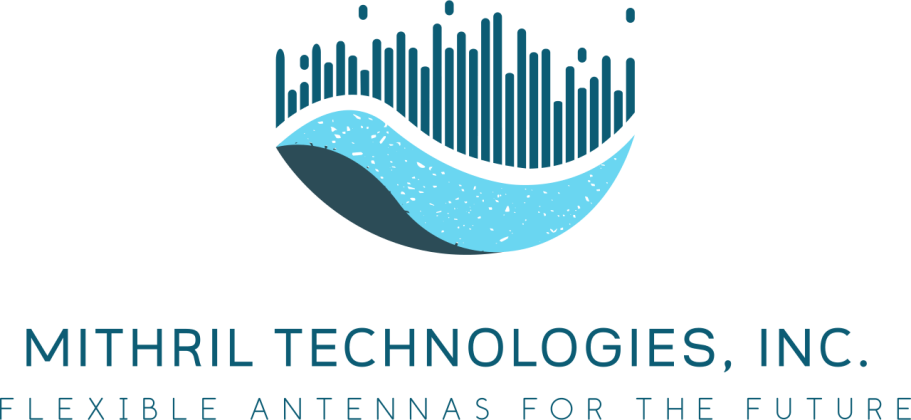Mithril Technologies, Inc.
New mesh reflector antenna technology for a new era of earth observation, satcom and space awareness
• Our Team •

Scarlett Koller
CEO
Scarlett Koller earned a B.S. in Aerospace Engineering at MIT in 2016, then began her career at SpaceX as a certification engineer on Crew Dragon. She later left for NASA JPL to work as a systems testbed engineer on the Perseverance Rover program. Following its successful landing on Mars, she returned to MIT as a Leaders for Global Operations Fellow, earning a Master's in Aerospace Engineering and an MBA from MIT Sloan, as well as the new Aerospace Innovation Certificate. She & Zack formed Mithril Technologies in 2023 to bring innovative reflector antenna technologies out of the lab and into real-world applications.

Prof. Zack Cordero
Science Lead
Professor Zack Cordero earned his Ph.D. in Materials Science at MIT in 2015, after a year spent in materials science at the Lawrence Berkeley National Laboratory. After a postdoctoral fellowship at Oak Ridge National Laboratory, during which he developed critical tools for powder-bed metal additive manufacturing techniques, he joined Rice's Materials Science department as assistant professor. In 2020, he returned to MIT to run the Aerospace Materials & Structures Lab. His research has focused on developing the reflector technology that Mithril is now bringing out of the research lab and into orbit.
• Our Applications •
Microwave RF sensing in GEO for Hurricane Monitoring
For decades, NASA has been trying to develop microwave radiometry instruments for geosynchronous orbits, to achieve global coverage of atmospheric sounding for weather predictions. But passive deployable reflectors cannot be made sufficiently large for atmospheric sounding without degrading the surface precision of the mesh. Mithril Technologies employs a unique electrostatic actuation technique developed in the MIT Aerospace Materials & Structures lab, permitting active control of the mesh deflection to form a focusable, steerable dished reflector. This breaks the current tradeoff between antenna diameter (which drives gain) and surface precision, permitting an increase in the size of deployables.
Breaking that tradeoff allows Mithril reflectors to address a gap in hurricane monitoring - currently, With Mithril Technologies, we have the potential to dramatically improve weather sensing capabilities from space, with 24-hour coverage and refresh rates on the order of minutes, showing the internal structure of storms and other weather systems.
Agile Orbit Scanning for Space Domain Awareness & Signal Intelligence
Mithril's unique ability to actively deform the reflecting surface of its antennas on orbit permits beam steering, gain shaping and focusing within seconds. In particular, the ability to asymmetrically change the reflector shape to steer the beam has a number of defense use cases in agile scanning for space domain awareness, while the ability to dynamically change the shape of the mesh to create signal nulls is useful for protected communications in a jamming environment. Additionally, the broad bandwidth available to Mithril antennas allows its use in "listening in" for signal intelligence applications.
We need your consent to load the translations
We use a third-party service to translate the website content that may collect data about your activity. Please review the details and accept the service to view the translations.
